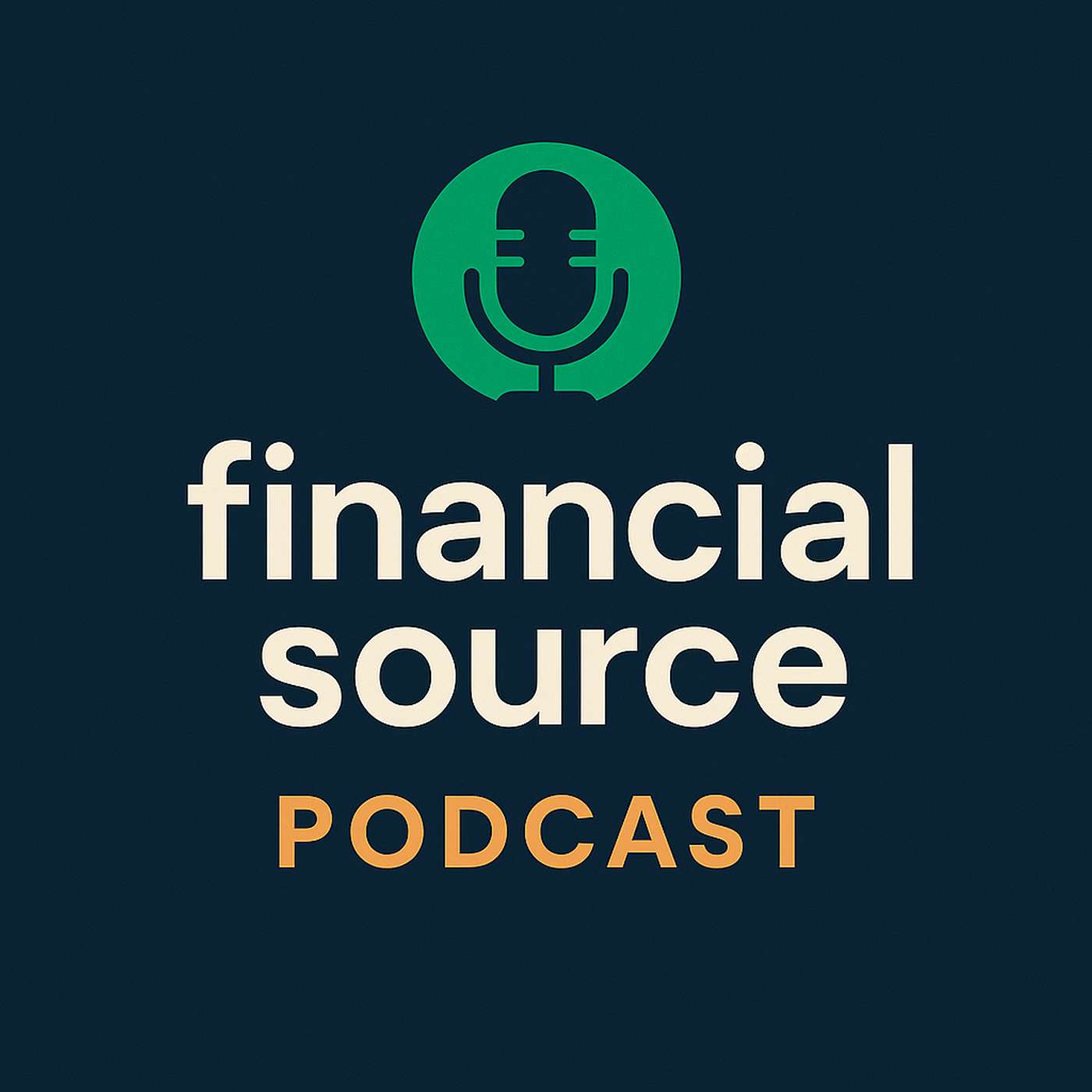Listen "Central Banks on Edge: How Inflation, Trade Wars, and Caution Collide in Global Policy - Week Ahead, November 7th"
Episode Synopsis
This episode dissects the widening divergence in global monetary policy as central banks struggle to balance inflation control, fragile growth, and geopolitical risk. Listeners are taken through how the Bank of England, Bank of Japan, and Banxico are navigating vastly different economic realities, why geopolitical fragmentation is redefining policy flexibility, and how markets are recalibrating around shifting safe-haven flows, trade tensions, and commodity stability. The discussion reveals how economic and political forces are now inseparable — shaping the next phase of global risk sentiment.00:02.72 — Introduction to the Financial Source Podcast: An introduction to the Financial Source Podcast and its focus on macro fundamentals, market sentiment, and daily trading insights across global sessions. The hosts set the tone for a data-driven exploration of how central banks and geopolitics are jointly steering market direction in an increasingly unstable world.00:31.39 — Central Banks on a Tightrope: The episode opens with the precarious balance faced by central banks such as the Bank of England and Bank of Japan. Policymakers are walking a fine line between cooling inflation and protecting growth amid trade disruptions and renewed U.S.–China tension. The conversation emphasizes the fragility of global confidence as risk aversion deepens and safe-haven demand strengthens.01:07.61 — Contrasting Policy Decisions: The hosts examine key central bank actions — from the Bank of England’s razor-thin 5–4 vote against an immediate cut to Banxico’s decisive easing stance. They explain how contrasting approaches underscore each country’s distinct mix of inflation pressures, domestic resilience, and political constraints. This section also highlights gold’s enduring strength above $2,000 as a barometer of market anxiety.01:33.69 — Divergence Among Policymakers: A closer look at how internal divisions are shaping monetary trajectories. The Bank of England’s near-split vote signals the beginning of an easing bias, while markets now price a December cut. The discussion connects this to shifting investor psychology — where inflation fighting is giving way to recession fears and central banks are prioritizing growth stability over further tightening.03:00.60 — Japan’s Slow Path to Normalization: The Bank of Japan’s patient stance reflects its cautious effort to nurture sustainable inflation after decades of stagnation. Despite internal dissent, Governor Ueda maintains ultra-loose policy amid high trade uncertainty and fragile export demand. The hosts detail how Japan’s policy sensitivity to Chinese trade and global supply chain fragmentation keeps it anchored in gradualism.04:31.96 — Mexico’s Confident Easing Cycle: In sharp contrast, Mexico’s Banxico proceeds with confident rate cuts — supported by structural tailwinds like near-shoring, resilient domestic demand, and contained energy import costs. The bank’s 4–1 vote to ease policy marks steady progress toward its inflation goal. The section highlights how Mexico’s clarity stands out in a world of hesitant policymakers.05:42.02 — Caution in Australia and Nordic Banks: Australia’s RBA and Norway’s Nordisk Bank reinforce the global tone of restraint. The RBA warns inflation will remain above 3% through mid-2026 due to commodity costs, while Norway signals no early easing. Together, they illustrate how external shocks — from supply constraints to elevated energy prices — are restricting policy freedom and extending tight conditions across advanced economies.07:12.06 — Impact of Global Trade and Geopolitics: The conversation turns to geopolitics as the defining macro driver. U.S. restrictions on Nvidia’s AI chip exports to China reignite the tech cold war, while Beijing’s mixed responses reveal strategic vulnerability. The hosts link these moves to Washington’s $35 billion resource pact with Uzbekistan and the expansion of the U.S. critical minerals list — showing how economic policy has become inseparable from national security strategy.08:49.22 — Market Reactions to Geopolitical Tensions: Markets respond with defensive positioning. Gold remains firm above $2,000, oil stabilizes near $60–64 per barrel on supply fears, and copper trades in a narrow range as investors weigh short-term slowdown risks against long-term structural demand. The section captures how traders are hedging against systemic uncertainty while waiting for clarity from central banks and policymakers.10:25.37 — The Intersection of Macroeconomics and Geopolitics: This segment underscores that macro and geopolitics can no longer be separated. Supply-chain fragmentation, resource nationalism, and AI-era security rivalries are dictating inflation paths and policy timing. Central banks are increasingly data-dependent on trade, minerals, and technology metrics — not just prices and employment — redefining what “monetary stability” means in the 2020s.11:58.73 — Conclusion and Future Outlook: The hosts close by emphasizing that market volatility now stems as much from strategic power plays as from economic data. They urge investors to track not only CPI or jobs reports but also shifts in trade alliances and resource flows that shape global risk.Follow the Financial Source Podcast for clear, data-driven insight into the macro forces and geopolitical shifts shaping tomorrow’s markets.
 ZARZA We are Zarza, the prestigious firm behind major projects in information technology.
ZARZA We are Zarza, the prestigious firm behind major projects in information technology.
